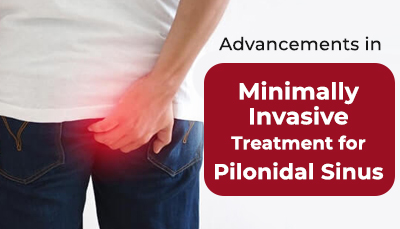
Pilonidal sinus disease, a common and uncomfortable condition, traditionally requires surgical intervention, which often leads to significant discomfort and extended recovery times. However, recent clinical trials have shown promising advancements in minimally invasive treatments using diode laser technology, offering new hope for quicker recovery and less postoperative pain.
One of the most notable studies, the SILAC Trial, explores the efficacy of laser destruction of pilonidal sinus disease compared to the Bascom II procedure. This trial is pivotal as it aims to provide patients with a treatment option that not only reduces the physical burden of surgery but also the postoperative recovery period. Preliminary results suggest that the laser technique could offer a low recurrence rate and shorter hospital stays, making it a compelling alternative to traditional surgery.
Another innovative approach comes from the Fondation Hôpital Saint-Joseph, where researchers are studying the SiLaT procedure, a laser treatment that has been used successfully in treating anal fistulas and more recently in pilonidal sinus infections. Early findings indicate success rates of around 90%, with significantly reduced healing times compared to older methods. This trial emphasizes the procedure's effectiveness even after previous surgical interventions have failed, highlighting its potential as a reliable solution for recurrent cases.
The ongoing research into the Sinus Laser Closure (SiLaC) versus the Limberg Flap technique also presents a fascinating comparison of minimally invasive versus more conventional surgical approaches. The focus here is on how these methods affect wound healing and recurrence, aiming to identify the best practices for patient care in pilonidal sinus treatment.
For those following the development of treatments in the medical field, these trials represent a significant step forward. The use of diode lasers could revolutionize the management of pilonidal sinus disease, providing a less invasive, more patient-friendly option. As these studies reach completion, their results could greatly influence the standard treatment protocols, offering patients quicker recovery times, fewer complications, and ultimately, a higher quality of life post-treatment.
For more detailed information on these studies and their impacts on pilonidal sinus treatment, interested readers are encouraged to follow updates directly from the clinical trials' registries and associated medical publications.
As the medical community continues to innovate, the potential for improving patient outcomes through technology like diode lasers is clear. These studies not only underscore the advancements in medical technology but also highlight the importance of patient-centered care in surgical disciplines.

